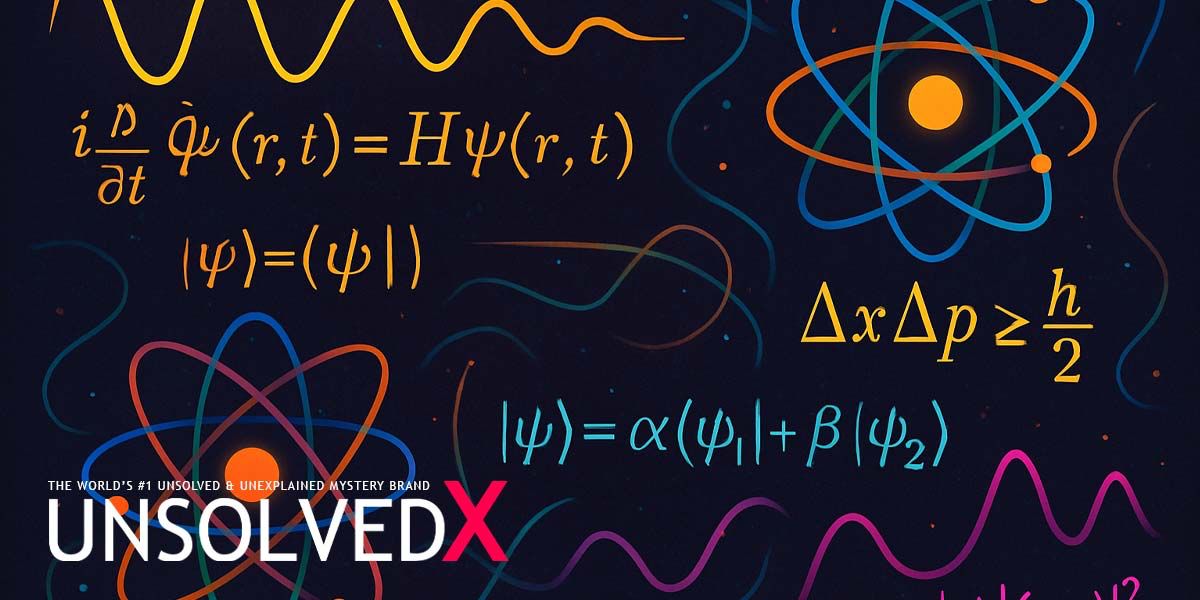Unraveling the Foundations of Classical Mechanics
Sir Isaac Newton’s laws of motion and universal gravitation, formulated in the late 17th century, laid the cornerstone for classical mechanics, fundamentally shaping our understanding of the physical world. Published in his seminal work, Mathematical Principles of Natural Philosophy (Philosophiæ Naturalis Principia Mathematica) in 1687, these principles provided a framework that explained everything from the fall of an apple to the orbits of planets. Yet, despite their monumental influence, Newtonian physics harbors mysteries and limitations that continue to intrigue scientists, philosophers, and curious minds alike. Why do these laws hold so well in everyday scenarios but falter at cosmic scales or quantum realms? This article delves into the intricacies of Newtonian physics, its groundbreaking contributions, and the unresolved questions that make it a subject of enduring fascination.
Newton’s three laws of motion are deceptively simple yet profoundly powerful. The first law, often called the law of inertia, states that an object at rest stays at rest, and an object in motion remains in motion unless acted upon by an external force. This principle overturned centuries of Aristotelian thought, which assumed objects naturally come to rest. Newton’s insight was revolutionary: objects resist changes to their state of motion, a property we now call inertia. This law explains why a book stays on a table until pushed or why a hockey puck glides across ice until friction or another force intervenes. Its elegance lies in its universality, applying to everything from a rolling ball to a distant comet. However, the mystery arises when we consider why inertia exists at all. What intrinsic property of matter resists acceleration? Even today, this question ties into deeper inquiries about the nature of mass, hinting at connections to modern physics concepts like the Higgs field. The second law, expressed as F = ma (force equals mass times acceleration), quantifies how forces influence motion. It’s a cornerstone of engineering and physics, enabling us to calculate the trajectory of a rocket or the stress on a bridge. Yet, its simplicity masks a profound question: why does force produce acceleration in such a precise, linear way? The law assumes a deterministic universe where causes and effects align perfectly, but at the quantum level, this determinism breaks down, raising questions about the boundaries of Newtonian applicability. The third law—every action has an equal and opposite reaction—explains phenomena like rocket propulsion or why we don’t fall through the floor when standing. But its implications stretch further, suggesting a universe of balanced interactions, yet it doesn’t explain why these interactions are perfectly symmetrical. These laws, while robust, leave us pondering their deeper origins, a mystery that persists despite their practical success.
The Universal Pull of Gravitation
Newton’s law of universal gravitation was a triumph of intellectual synthesis, proposing that every mass attracts every other mass with a force proportional to their masses and inversely proportional to the square of the distance between them. This single equation explained both terrestrial phenomena, like the fall of objects, and celestial mechanics, such as the elliptical orbits of planets described by Johannes Kepler. The story of Newton formulating this law after witnessing an apple fall is legendary, though likely apocryphal, as noted in historical accounts like William Stukeley’s Memoirs of Sir Isaac Newton’s Life. The law’s predictive power was staggering: it allowed astronomers to calculate planetary orbits with unprecedented accuracy and even predict the existence of Neptune based on perturbations in Uranus’s orbit, as Urbain Le Verrier did in 1846. Yet, the mystery lies in gravity’s nature. Newton himself admitted he didn’t know what caused gravity, famously stating, “I have not as yet been able to deduce from phenomena the reason for these properties of gravity, and I do not feign hypotheses.”
This gap in understanding—what gravity truly is—remains a puzzle. Newtonian gravity assumes instantaneous action at a distance, a concept that troubled Newton and later physicists. How does the Sun’s gravitational pull reach Earth across vast distances without a medium? This question baffled scientists until Einstein’s general relativity reframed gravity as the curvature of spacetime. Even so, Newtonian gravity remains remarkably accurate for most practical purposes, from engineering skyscrapers to launching satellites. Its limitations only become apparent at extreme scales—near massive objects like black holes or at speeds approaching light. The mystery of why Newtonian gravity works so well in most cases, yet fails in others, underscores its enigmatic place in physics, bridging the intuitive and the cosmic.
The Limits and Legacy of Newtonian Physics
Despite its triumphs, Newtonian physics is not universal. Its deterministic framework struggles to explain phenomena at the subatomic level, where quantum mechanics governs with probabilities rather than certainties. For instance, the behavior of particles in a double-slit experiment defies Newtonian predictions, as electrons exhibit wave-particle duality. Similarly, at cosmic scales, Newtonian gravity fails to account for phenomena like the precession of Mercury’s orbit, which requires Einstein’s relativistic corrections. These limitations raise a profound mystery: why does Newtonian physics work so well in the “middle world” of human-scale phenomena but break down at the extremes? This question drives ongoing research into unifying quantum mechanics and general relativity, a quest epitomized by theories like string theory and loop quantum gravity, which seek to explain the fundamental nature of forces Newton described so effectively yet incompletely.
Newtonian physics extends beyond its equations. It fostered a mechanistic worldview, influencing not just science but philosophy, engineering, and even economics, where ideas of balance and equilibrium echo Newton’s third law. Its predictive power laid the groundwork for the Industrial Revolution, enabling technologies from steam engines to modern aerospace. Yet, its mysteries persist, inviting us to question the nature of reality itself. Why does mass confer inertia? What mediates gravity? These unresolved questions make Newtonian physics a living mystery, one that continues to inspire curiosity and exploration. As we probe deeper into the universe, from the quantum foam to the cosmic web, Newton’s work remains a foundation—and a reminder that even our most robust theories hold secrets waiting to be unlocked.










Comments
Comments section coming soon!